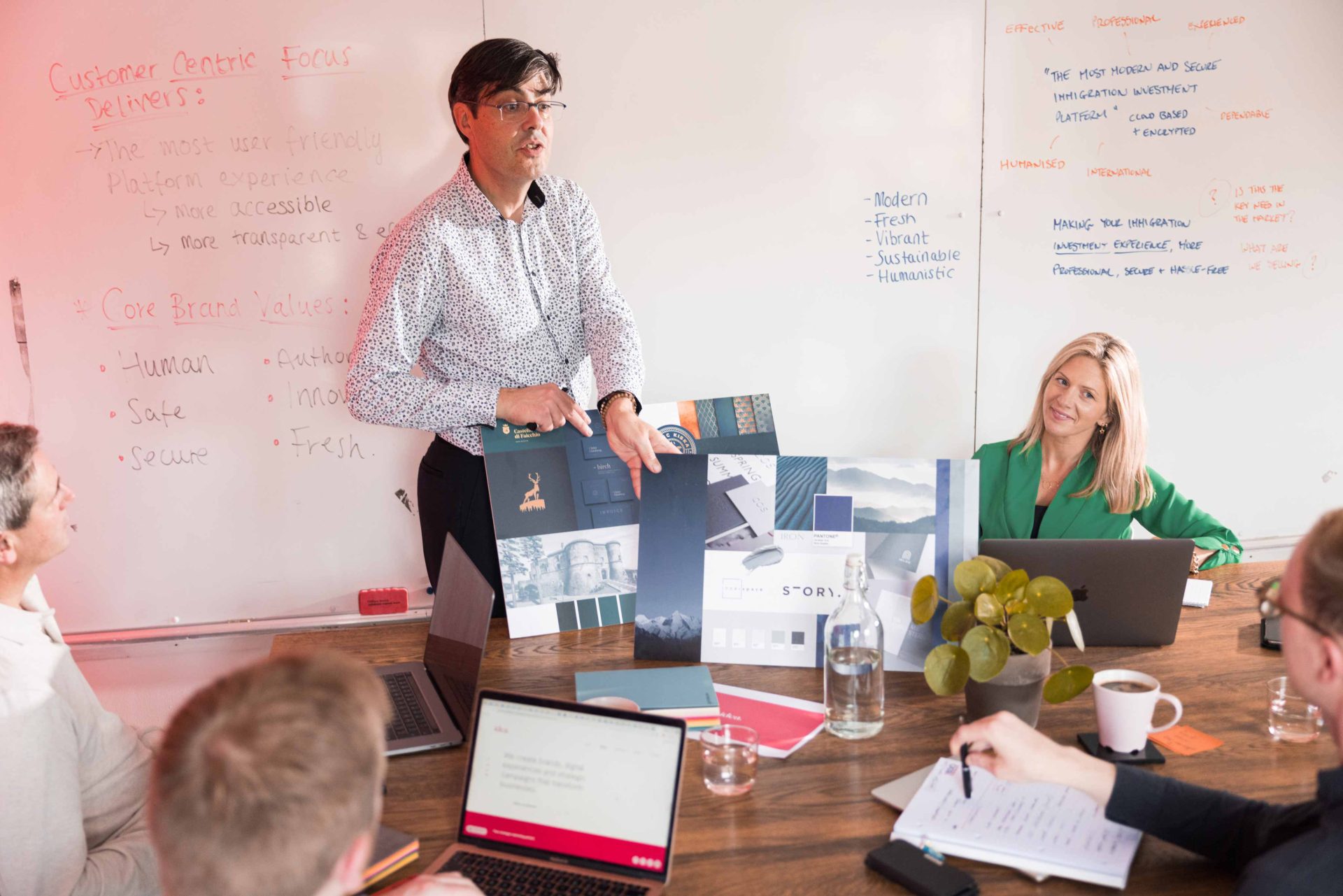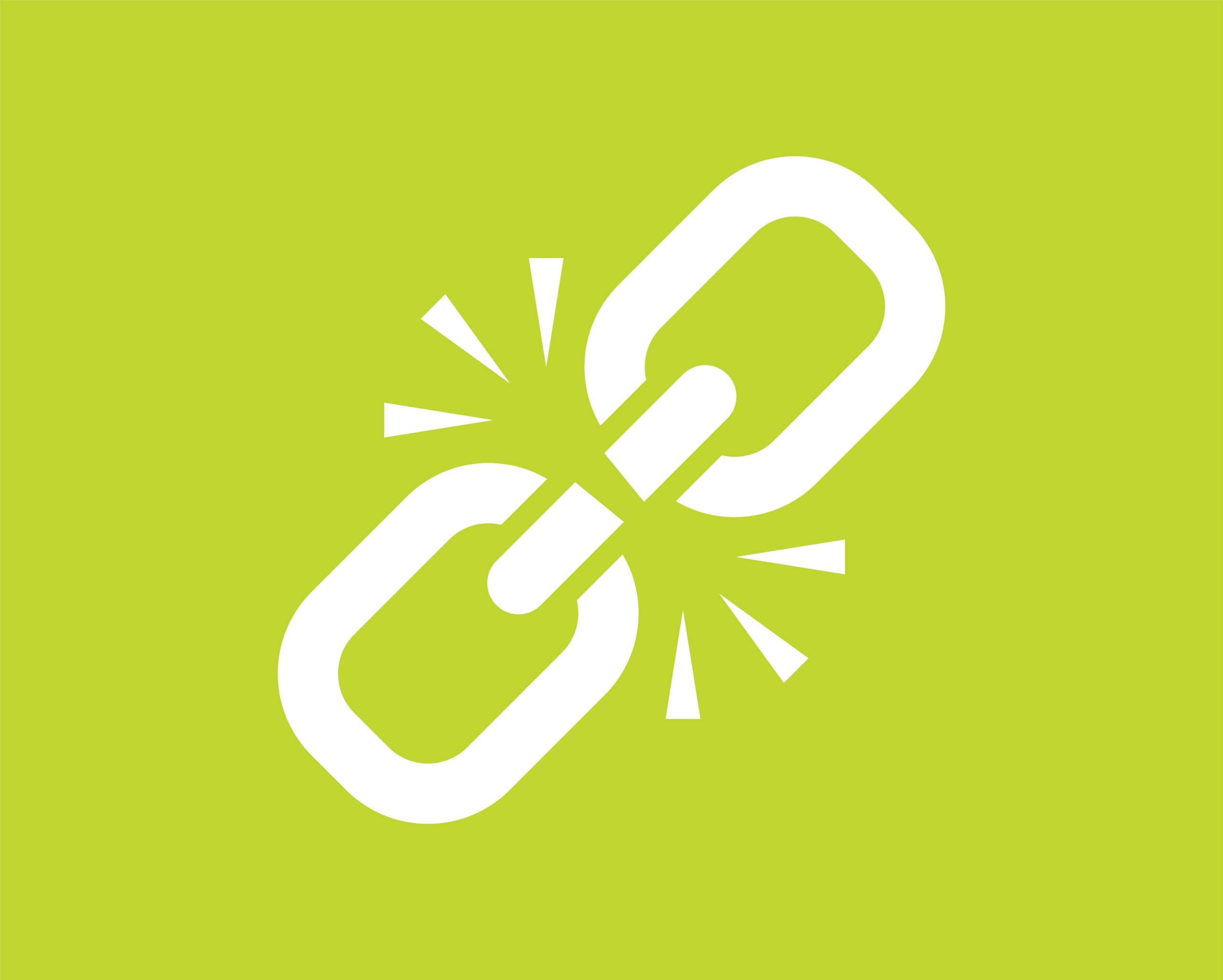Starting a career in social media can seem very daunting. Over the course of the last five years, there has been a huge increase in people applying for social media and content creation related roles. This may make newcomers feel like it is harder than ever to get their foot in the door. We are here to give you some tips and best practices to help you during the beginning of our journey into social media management.
Throughout this blog post, I will share my best practices when looking to start a career in social media and content creation. The one thing I’d like to state before starting, is, to ….
Online Courses
There are many college/university courses on the market that would set you up well for entering a career in social media management. If you are not in the position to start university or if you wish not to go to university, there are many options online that you can undertake, such as the Digital Marketing Institute
However, I have listed below some other recommendations if an accredited course isn’t a good fit for you.
Never Stop Learning
One thing to remember when looking to start any career in marketing, is that you should never stop learning! You may have the qualification from college, university or an online educator but that doesn’t mean that you’re guaranteed a job straight out of graduating. Once you have completed your main qualification, it is a great time to continue learning. There are so many online courses which I will list down below that are free and can add to your CV to show that you continued to educate yourself and continued to learn, continuing to upskill more even after you had received your initial degree.
- Google Analytics Academy
- Hubspot Academy
- Semrush Academy
These added certificates and licenses will add to your resume and will show the ambition that you have, the self guidance that you have and the determination and willingness you have to learn more.
Get Creative
One of the biggest tips I can give is to get creative, to not do what everyone else is doing. The great thing about marketing is that it’s very creative and although you don’t have to be the most creative person to succeed with a career in marketing. It is the perfect industry to be able to express yourself in different ways and below I will explain one of the best ways that you can get creative to create your own experience and stand out from everyone else when trying to land your first job and start your social media management career!
Self Made Experience
This is the best piece of advice that I could give you, is self-made experience. Let me explain this in a bit more detail! Self-made experience is taking your own initiative to create experience that can add to your CV to show a potential future employer the hard work that you put in and the passion, initiative and willingness you have to learn.
One of the best ways to do this is to start producing content on a Social Media Platform of your choice. In my opinion, the current best platforms to do this on are LinkedIn, Instagram or TikTok.
Speaking simply from my own experience, during my last semester of college, I decided it would be a great time to begin working on a piece of self-made experience that would help me when going for my first post-graduate job. I set up an Instagram account that shared fashion advice and college experience, which tapped into an audience that related to where I was at in life, building a community of loyal followers. To a potential employer, this helped show my experience in growing an audience online, growing a presence and maintaining a level or trust with the audience. All skills that are very valuable in your marketing career.
It also shows a future employer that you have taken the time to manage a community outside of working/studying and have shown that ambition that a lot of employers will appreciate and will help you stand out amongst others. I think that is one of the beautiful things about starting a career in social media management compared to other Industries, you get the ability to create your own experience and have it on your CV to show that you are trying and showing your experience through the services that you offer your clients and whether that be sharing social media tips on LinkedIn or whether it’s fashion content on Instagram, building a following, building a community, will definitely stand with you when you go apply for a job in social media/marketing.
These are all the best practices and tips that I would give to anyone who is looking to start their career in social media or in marketing in general. Always make sure to not put too much pressure on yourself, to have fun, enjoy the journey and I’m sure you will find the perfect role for you!
Follow us on social media to stay up to date with the latest social media trends.
Also read our blogs for latest news, opinion and tips for branding and digital marketing strategies that help you grow your business.



















